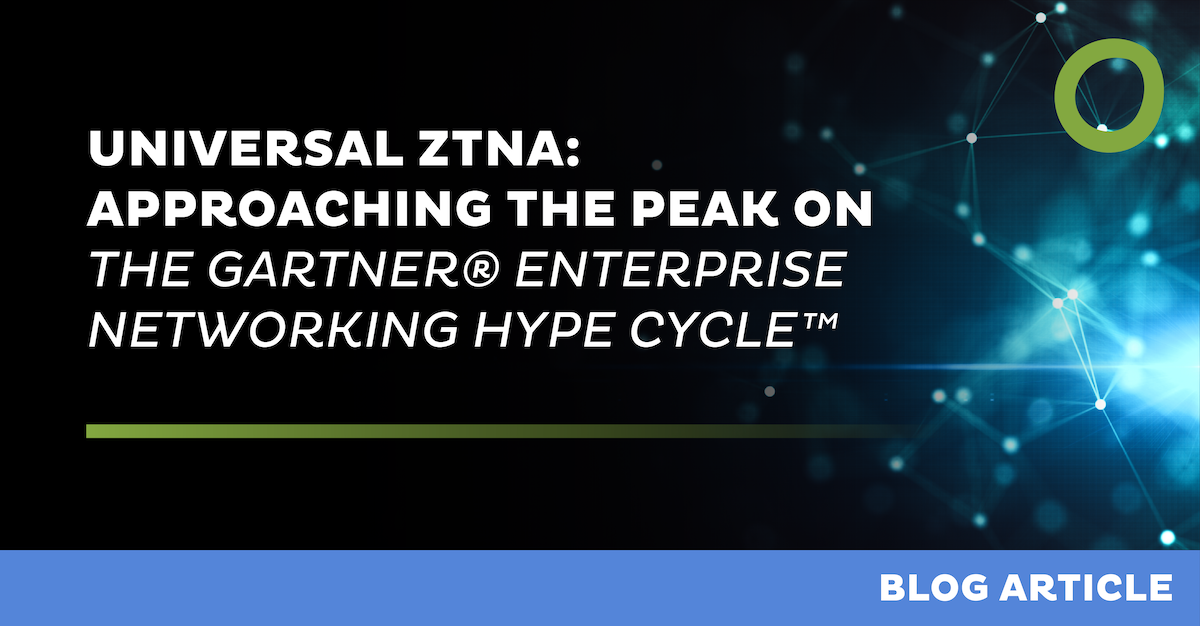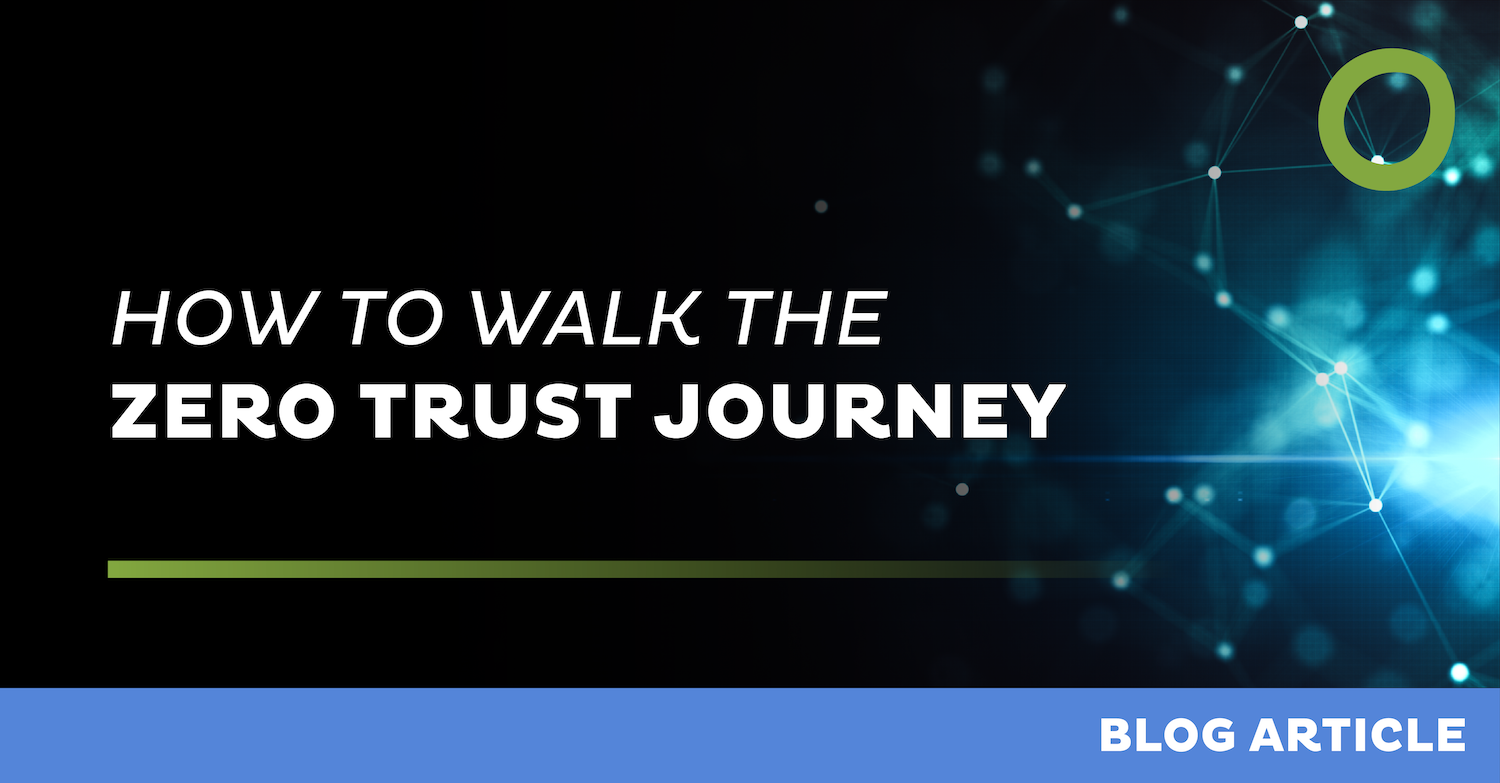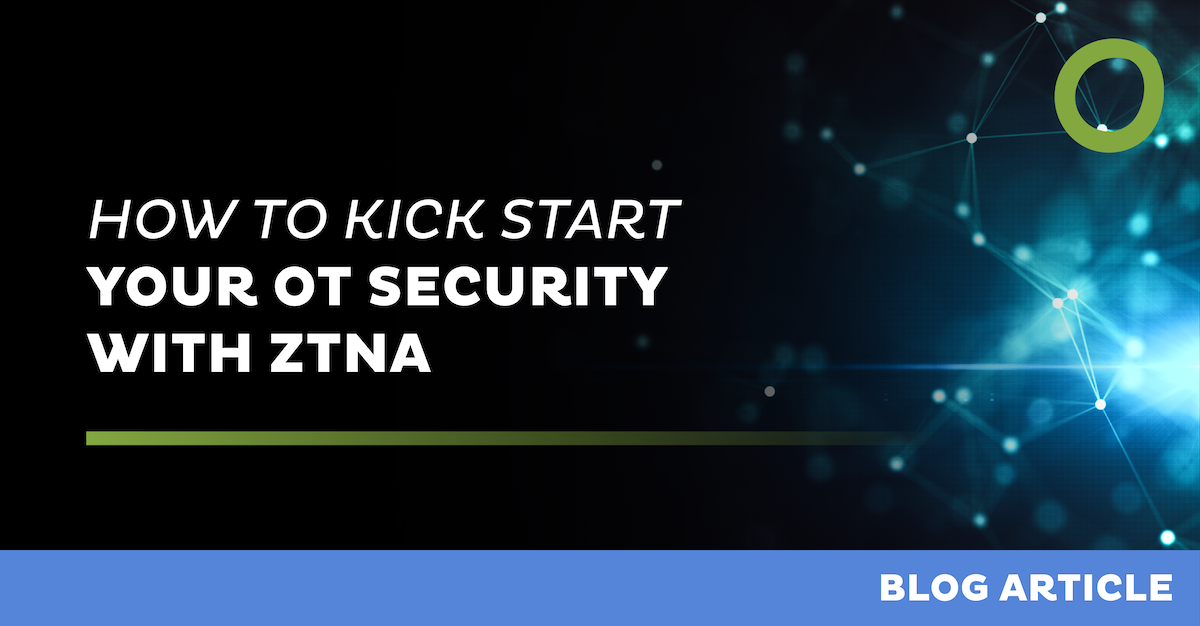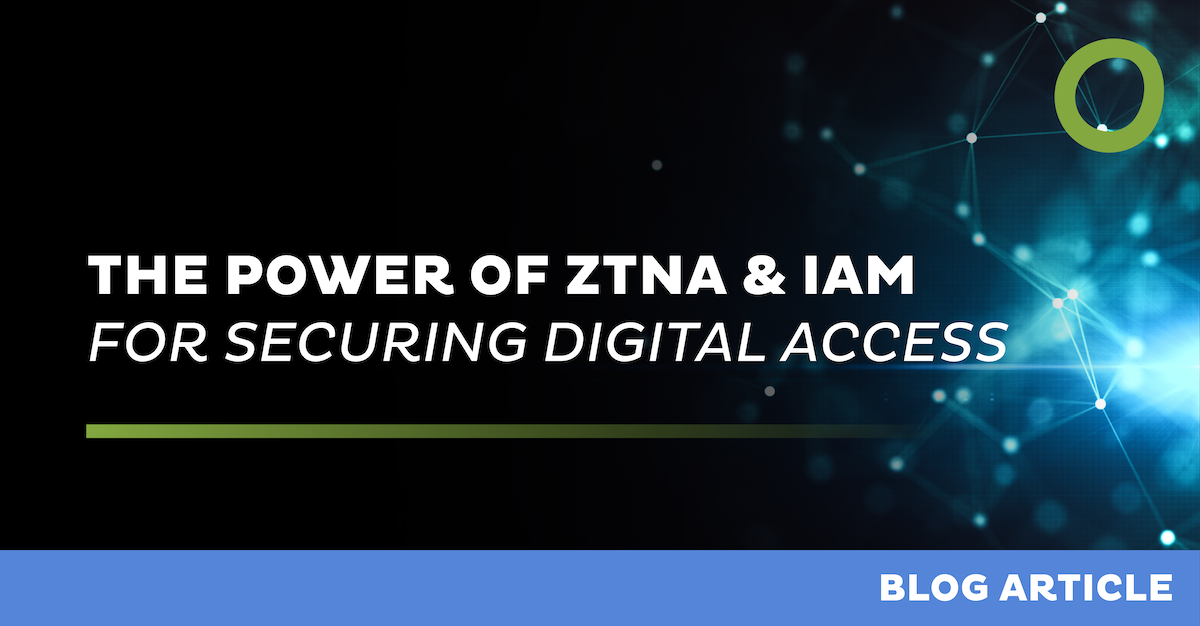
Universal ZTNA: Approaching the Peak on the Gartner® Enterprise Networking Hype Cycle™


In today’s digital-first, perimeter-less world, securing remote access is no longer optional—it’s mission critical. As organizations embrace hybrid work, cloud adoption, and third-party connectivity, the need for agile, secure access solutions is surging. This is exactly where Universal Zero Trust Network Access (ZTNA) steps in—and why Gartner® has identified it as a trending topic for enterprise security strategy.
The Shift from Traditional to Universal ZTNA
Traditional ZTNA implementations were often limited in scope—serving only specific users, apps, or access scenarios. But as networks grow more complex and distributed, a more flexible, all-encompassing approach is essential. Universal ZTNA addresses this challenge by providing consistent, identity-aware, and context-based access across all users, devices, and locations.
Gartner® recognizes this shift, calling attention to Universal ZTNA as an emerging and necessary evolution in the cybersecurity space.
Why Universal ZTNA Now?
Gartner® highlights several key drivers behind the rise of Universal ZTNA:
- Hybrid Workforce Demands: Employees now expect seamless, secure access from anywhere. Universal ZTNA makes this possible without compromising security.
- Expanding Attack Surface: As more assets move outside the traditional perimeter, Universal ZTNA reduces risk by enforcing Zero Trust principles universally—not just at the edge.
- Integration Complexity: With so many point solutions in play, organizations need a unified ZTNA that integrates across hybrid infrastructures and supports a wide range of use cases.
The Gartner® Strategic Recommendations
In the 2025 Gartner® Hype Cycle™ for Enterprise Networking 2025 report, Gartner® outlines strategic recommendations for security and risk leaders looking to adopt Universal ZTNA:
- Favor solutions that deliver ZTNA across all ports and protocols, not just web-based access.
- Ensure ZTNA capabilities extend across users (employees, contractors, partners) and devices—not just managed endpoints.
- Look for vendors that can converge ZTNA with broader secure access service edge (SASE) platforms, enabling tighter policy enforcement and simplified management.
These recommendations underscore the importance of broad applicability, deep visibility, and centralized control in Universal ZTNA offerings.
The Role of Universal ZTNA in SASE Architectures
As organizations move toward Secure Access Service Edge (SASE) models, Universal ZTNA plays a foundational role. It enables secure access as a service, aligning with the core SASE principle of delivering security and networking capabilities through the cloud.
Gartner® emphasizes that Universal ZTNA helps enterprises “achieve consistent and secure access across hybrid and multicloud environments,” reinforcing its importance in modern, cloud-first security architectures.
A Growing Consensus
The Gartner® attention to Universal ZTNA reflects a growing consensus in the cybersecurity world: static, limited-access models are no longer enough. To thrive in today’s dynamic digital environment, organizations need a Universal ZTNA approach that scales with complexity, adapts to context, and aligns with Zero Trust best practices.
As Gartner® continues to monitor the evolution of secure access technologies, one thing is clear, Universal ZTNA is not just a trend. It’s the future of secure and compliant connectivity.
Explore the Gartner® Hype Cycle™ for Enterprise Networking 2025 Report
Interested in building your network roadmap on maturity and impact rather than buzzwords? Download the full Gartner® Hype Cycle™ for Enterprise Networking 2025 report to identify the technologies of today that are truly enterprise-ready.
Gartner does not endorse any vendor, product or service depicted in its research publications and does not advise technology users to select only those vendors with the highest ratings or other designation. Gartner research publications consist of the opinions of Gartner’s research organization and should not be construed as statements of fact. Gartner disclaims all warranties, expressed or implied, with respect to this research, including any warranties of merchantability or fitness for a particular purpose.
GARTNER is a registered trademark and service mark of Gartner and Hype Cycle are a registered trademark of Gartner, Inc. and/or its affiliates in the U.S. and internationally and are used herein with permission. All rights reserved.
Leave Complexity
Behind
To learn how Open Systems SASE Experience can benefit your organization, talk to a specialist today.
Contact Us





